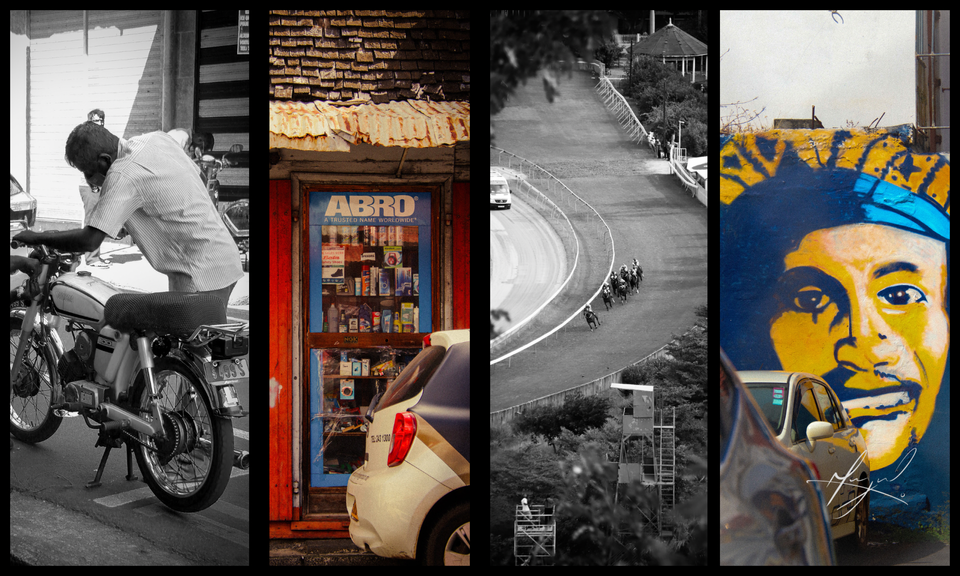Morisyin: Enn kiltir san frontyer

Azordi to montrer ki to Morisyin; to montrer ki to pei, li pu twa.
To later Moris, se to lakaz, to refiz, ek enn plas ki pu touzour protez twa.
On March 12, 1968, history took a turn and a new republic was born into the world. Many have seen the challenges that lied ahead, many were sceptical about this juvenile nation’s acumen, yet everyone was certain about this: Moris was destined to great things!
As one attempts to pen the storyline of the nation, one is destined to begin in the past. It is its challenging past that has drawn the beautiful scars that Moris boasts in the present day. Beginning with a strong and vivid surgarcane industry as a blank canevas, Moris has come a long way since its independence. Economically, socially and - most definitely - culturally it has spawned an array of novel vistas for its people to charter. A divisive colonial period has thrown Moris through diametrically opposed eras. The Arabs, the Dutch, the French and the British have all set foot on our lands and have attempted to charter the island. Such a rich and packed past has had Moris be the front-seater to melancholic discussions, battles and blazes that have brought growth, progress but also death and destruction upon it.
But! This is not what I want to talk about. Moris is something bigger, something wilder and arguably, something blurrier than what is enshrined in our most notorious history books. In the first issue of his trilogy Mauriciens: Enfants de Mille Races, former minister, militant and journalist Jean Claude de l’Estrac writes:
“Au commencement est une île où poussent palmiers et ébéniers. Posée à l’entrée de la mer des Indes, elle domine l’océan de ses montagnes étrangement sculptées.”
Moris has stood as the black sheep of underdeveloped small island states. It held within its arms resources worth the deadliest of voyages from Europe and the fiercest of hunts in its unwelcoming forests. Moris held power, and power meant that it was a land for the people!
In 2024, Moris still boasts oddly-shaped mountains, crooked rivers and vast plains with tall sugarcane plants rustling and swaying to the tune of soothing courants d’airs as the day goes by. The intricacies of the nation have extended to far deeper grounds. My passion to deciphering the treasures found in the most abyssal of the nooks and crannies of the country has grown with me, as I embraced what intellects tags as le mauricianisme.
Moris is a country where charm is met where petrichor meets the warmth of the sun. It celebrate dozens of milestones every year, because it has seen what humanity does best: to grow and love each other. There is no more ambitious than an islander ready to take on the 21st century world, they hold the ferocious roar of the wind whooshing around Pieter Both and the vigour of waters hurtling down Sept Cascades.
To be Morisyin is to hold and uphold years of savoir-vivre. It is also to be a guru… at making Appolo dan Bol. We laugh, we cry but our heart never flinches. We feel goosebumps when we show up for each other, we have learned to be there for one another.
Morisyin, to zil, li pu twa!

